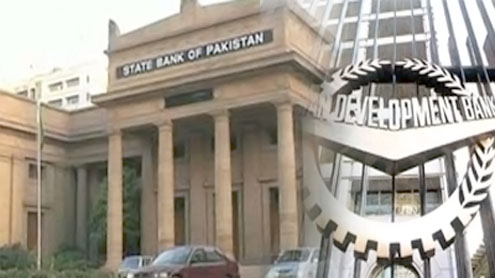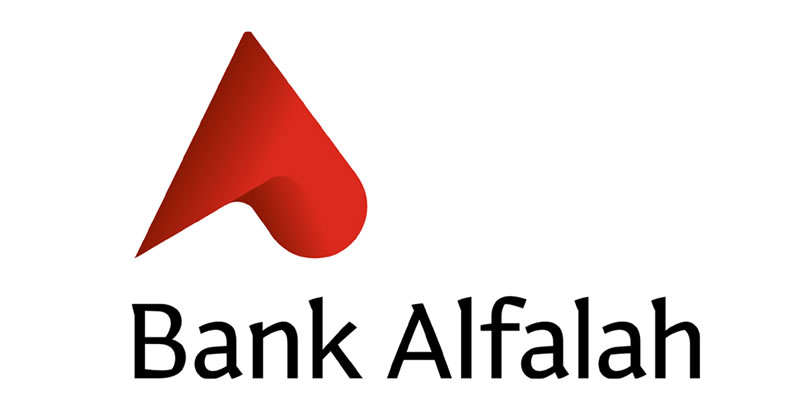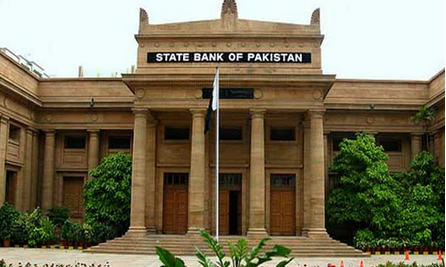 It has been rightly said that literacy is a key to unlock development potentials.
It has been rightly said that literacy is a key to unlock development potentials.
To implement this recipe for success, State Bank of Pakistan (SBP) with the help of Asian Development Bank (ADB), has launched the Nationwide Financial Literacy Programme.The move aims to foster knowledge and understanding of basic financial concepts, products and services to underprivileged locales.Such initiatives not only aim to transform attitude and behavior of addressees, but also support development of financial sector.
Given that roughly 85 percent of the adult population is un-banked, illiteracy is one of the key stumbling blocks restricting potential borrowers to avail services from formal banking sector.Promoting financial literacy is a step in the right direction, but policy makers should not overlook other elements responsible for dismally low banking penetration.
Foremost, they need to thin out size of the informal economy, which is running parallel to the formal sector and is ironically backed by literate and powerful stakeholders in the country.A solution for this conundrum is to design a structure that will provide incentives to shift to formal sector from informal sector.A good case in point is incentives on remittance transfers.
Summarily, if you cannot eradicate the black economy, institutionalise it.Lazy banking practices of commercial banks are also deterrents to boosting financial inclusion.This can be analysed from the fact that the banking industrys portfolio is concentrated in the government sector and big corporations.This may be brought down through measures such as sector limits on lending to PSEs, or a cap on government borrowing from scheduled banks.
At a recent moot at SBP, experts asserted 32 percent of all borrowers in the economy are channeled through informal sector.Clearly, private business is not finding a lot of space at the banks.However, private businesses can be helped through the development of a private debt market.Lower penetration of bank branches must take some share of the blame, with ratio of 8.68 branches (commercial bank) per hundred thousand adults, as opposed to ratio of 10.11 in India, 9.05 in Sri Lanka, 11.81 in Philippines, according to CGAP.
Bank branches are clustered in a handful of urban centers while a vast majority of the population resides in areas that are virtually unbanked.Efforts to improve financial literacy in areas with relatively low financial inclusion must be supplemented with other steps to provide the enabling infrastructure, locally. – Brecorder












